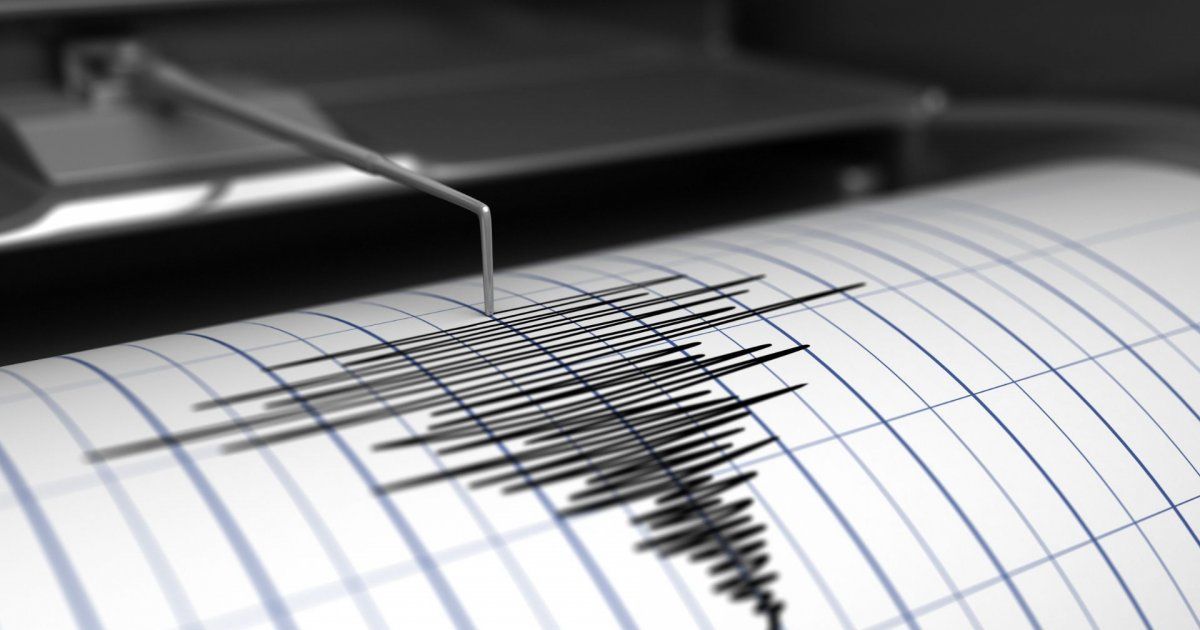BUENOS AIRES.- At least one person died after a 7.4 magnitude earthquake shook northern Chile on Thursday night with its epicenter 45 kilometers southeast of San Pedro de Atacama, near the border with Argentina, according to the earthquake monitoring center of the United States Geological Survey.
“There is one person dead in the commune of Calama. A Chilean adult, aged 59, who died during the earthquake,” the presidential delegate for the region, Miguel Ballesteros, told reporters.
Ballesteros said that, according to preliminary information from the Carabineros of Chile, the individual died while giving instructions to his family on how to proceed in the emergency and ruled out that the death was caused by the fall of rock or structural material.
“It is ruled out that the cause was a collapse of a structure or damage to infrastructure, and rather there were medical causes that could have caused the death of this person,” he said. “However, this is a victim that we can count during the course of the earthquake in question,” he added.
Initially, the US Geological Survey reported a magnitude of 7.3, which was later updated to 7.4, and that it occurred at a depth of 117.4 kilometers. According to data collected by the Chilean Geoscience Network, at least a dozen aftershocks, of low to moderate intensity, were recorded after the initial movement.
The agency also noted that this is the worst earthquake recorded in the country in almost eight years and the first to exceed magnitude 7.0 in Chile since 2016.
Chilean President Gabriel Boric had previously indicated in a message on X, formerly Twitter, that “there are no reports of injuries or major damage,” according to preliminary data. He assured that “the teams are gathering information” about what happened in the region. from Antofagasta.
There was also no preliminary report of damage or impacts in Argentine territory.
Chile’s National Service for Disaster Prevention and Response (Senapred) said the earthquake did not meet “the conditions necessary to generate a tsunami on the coast of Chile.”
Boric also mentioned that there were “some rolling” —landslides of rocks or earth— on the route from Calama to Tocopilla.
A few hours later, Justo Zuleta Santander, mayor of the tourist town of San Pedro de Atacama — the town closest to the earthquake’s point of origin — confirmed that everything indicates that “after such an intense movement there is no major impact on the population.” Despite this, he called an emergency meeting to continue gathering the latest information on possible damages.
“Everything is back to normal here in San Pedro de Atacama, including the electricity supply,” he said in a video posted on social media.
The government also announced that it would immediately set up a provincial Disaster Risk Management Committee in El Loa, in the area of the quake. It also stated that patrol vehicles and equipment had been deployed to carry out an assessment of possible damage and to “take any necessary measures.”
The Chilean Ministry of Public Works said that there were occasional traffic disruptions on some roads due to “small vehicles” and that it was carrying out “constant inspections and monitoring in the area.”
Senapred also reported that the earthquake was felt, with different intensities, in several regions of the country: Tarapacá, Antofagasta, Atacama, Coquimbo, Arica and Parinacota.
In videos and images circulating on social media, users shared the moment of the tremor, in which people can be seen leaving buildings or a gym being evacuated.
Despite the strong tremors felt, Senapred classified the earthquake as “medium intensity” due to its depth and the fact that it was not so close to the surface, which minimizes the risk of damage and injuries.
The Chilean Geoscientific Network indicated that the earthquake, “despite its remarkable size and the large number of fallen objects, is not considered to be of Major Intensity.” It pointed out that the earthquake produced “some minor cracks in infrastructure.” However, “no house or building fell,” nor was it “difficult for the inhabitants to remain standing,” which is why “it is not considered to be of Major Intensity.”
In 2016, a 7.6 magnitude earthquake struck the Los Lagos region on December 25, 2016, the strongest recorded since 1960. Despite the intensity, there were no deaths.
Source: With information from AP

